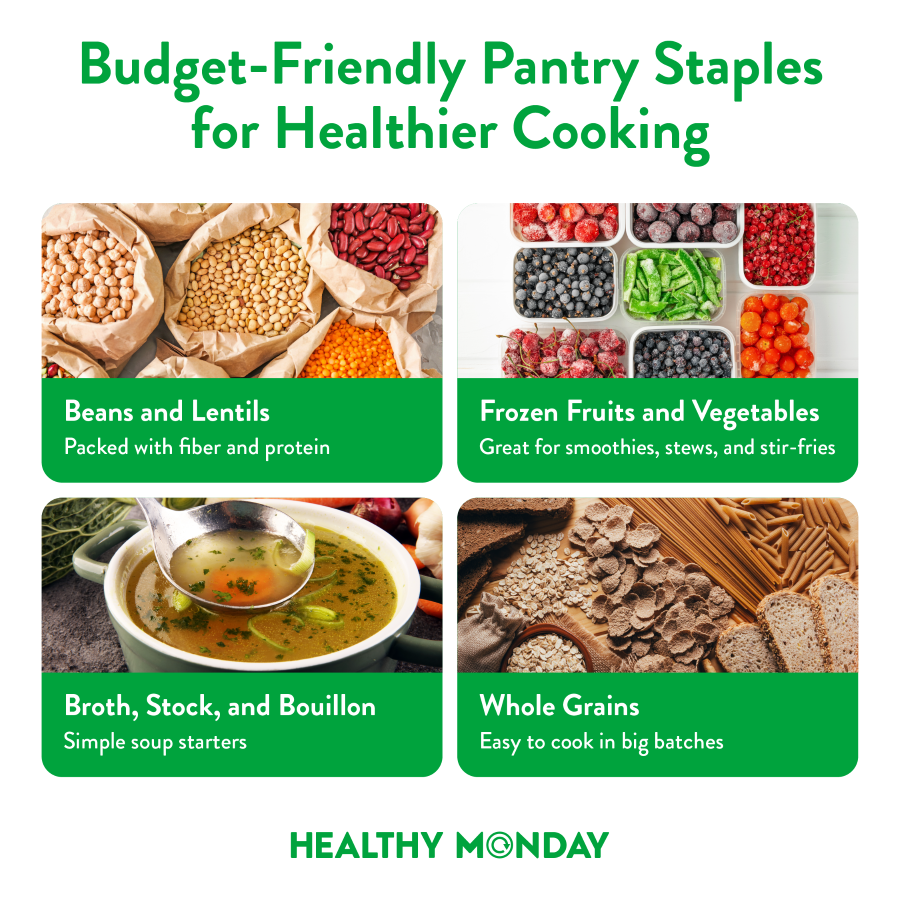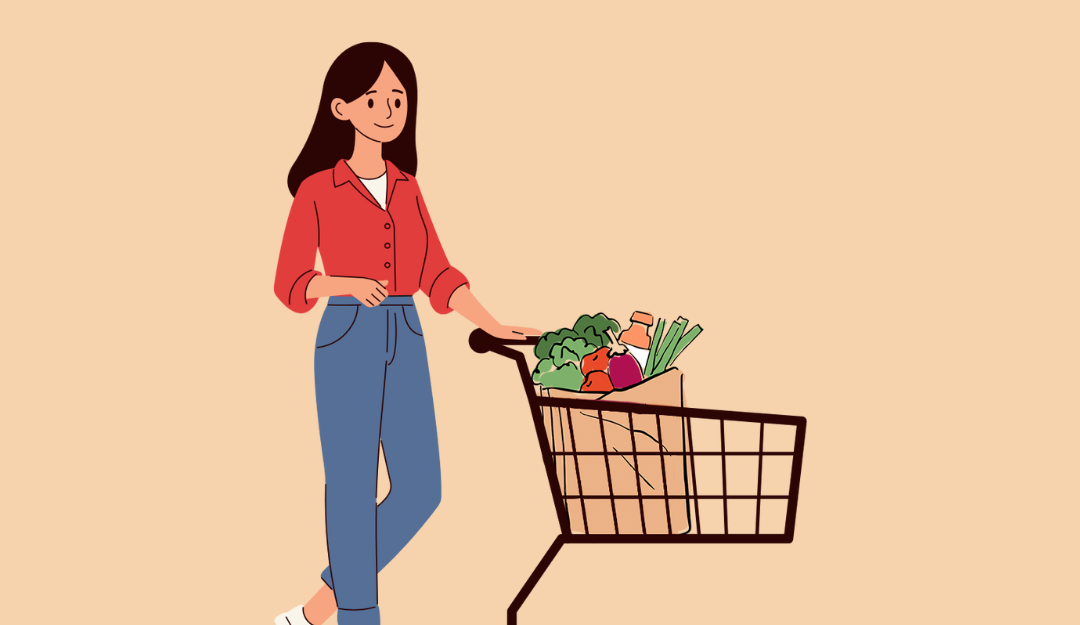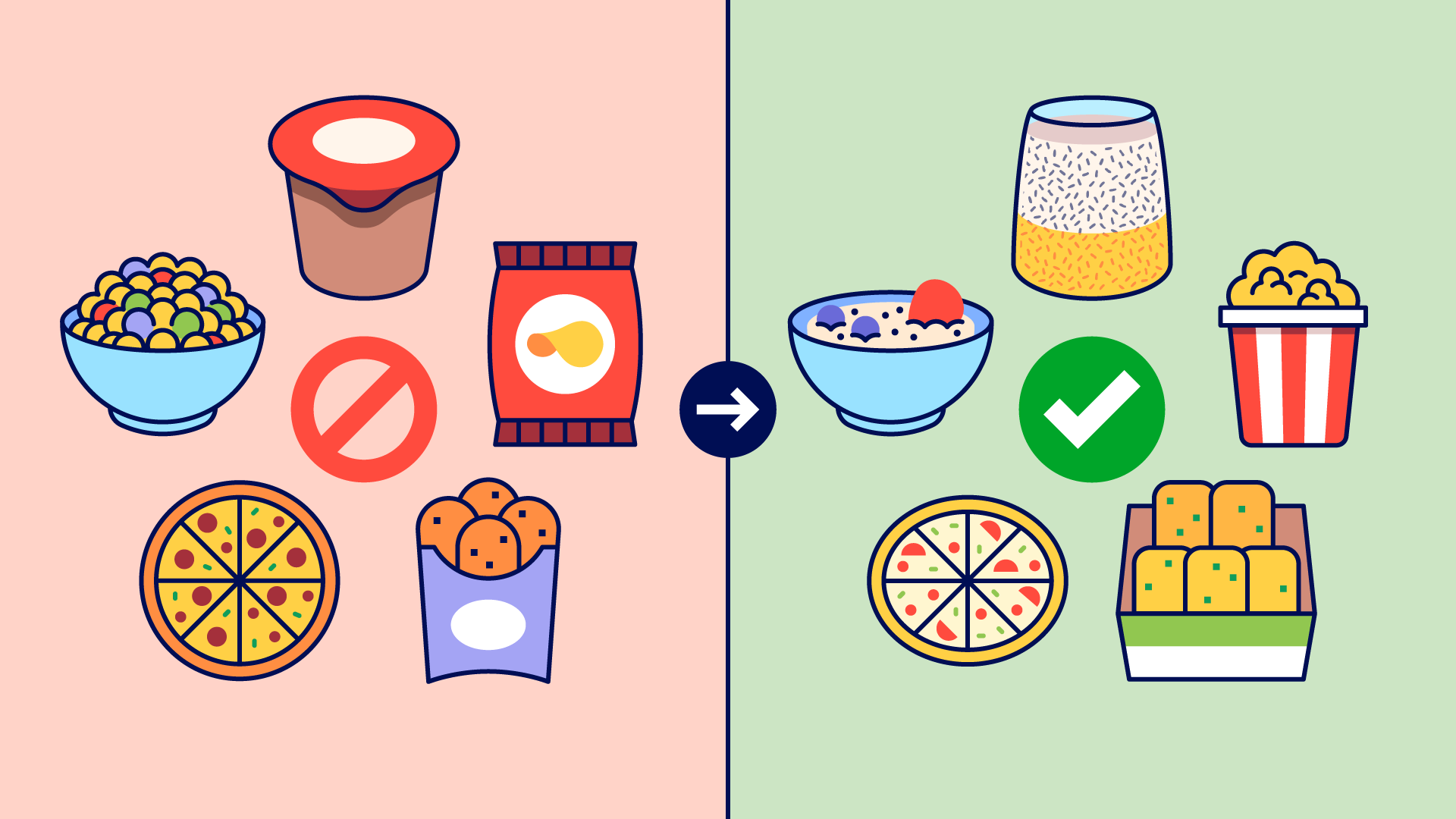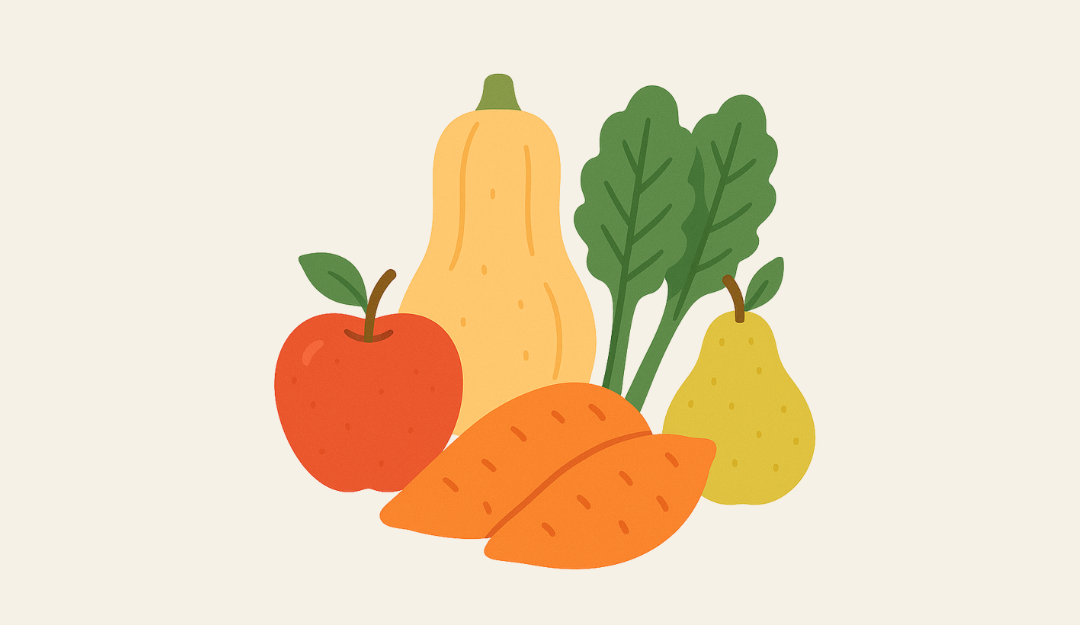Budget-Friendly Pantry Staples for Healthier Cooking
A properly-stocked pantry allows you to throw together a nutritious meal without having to make an extra trip to the grocery store. But the advantages don’t end there. Pantry staples tend to be both less perishable and less expensive than their fresh counterparts. Some of these ingredients can serve as the centerpiece of a meal, like potatoes, beans, and pasta, while others act as supporting actors, providing quick bursts of flavor to ordinary dishes. Best of all, many of these foods are completely plant-based and rich in many of the essential vitamins and minerals necessary for a healthy body.
5 Types of Ingredients to Add to Your Pantry
Beans and Lentils
Available either canned or dried, beans and lentils can be a meal on their own. Part of the legume family, this category of ingredients comes in many different varieties, all of which are excellent sources of protein, fiber, and other nutrients. They’re also easy to prepare, serving as the foundation of everything from vegetarian chili to black beans and rice to a hearty lentil soup. Many canned beans cost less than a dollar per can, while dried beans and lentils are even less expensive per serving.
Frozen Fruits and Vegetables
Don’t sleep on frozen fruits and vegetables. When stored properly, these will last years in the freezer (but please don’t make them wait that long). Some frozen vegetables — spinach, collards, broccoli rabe — should be thawed and drained before cooking, while others like broccoli, peas, and peppers can be thrown into a hot pan as-is. Many frozen fruits and vegetables come pre-chopped or sliced, which makes cooking them a breeze. Add them to a smoothie, stir-fry, or soup for a quick nutritional boost.
Grains
Quinoa, rice, oats, cornmeal, farro, and barley are all types of grains that bring balance to the dinner plate. Grains are mostly non-perishable, lasting up to six months if stored properly in air-tight containers. Since they can easily be cooked in large quantities,they are also the perfect ingredient to meal prep early in the week. Whole grains are excellent sources of vitamins, minerals, and fiber, and research shows that regular consumption can help reduce cholesterol levels and blood pressure.
Potatoes
Because they’re associated with French fries and chips, potatoes are often overlooked as a health food, but the spud can actually be quite nutritious when properly prepared . Potatoes are filling and hearty, all while being relatively low in calories. You can roast them, bake them, or mash them until smooth and creamy. Stored at room temperature they last 1 – 2 weeks, but when kept in a cooler environment they can stay good for months. And although they’re technically not a potato, the sweet potato has similar qualities in terms of nutrition and shelf-life.
Broth, Stock, and Bullion
A soup is never too far away when there’s broth in the pantry. It’s true that these soup-bases can be notoriously salty, but this can be easily remedied by adding more fresh (or frozen) ingredients. Consider mixing in everything from frozen spinach, chickpeas, cannellini beans, cubed tofu, potatoes, rice, fresh kale, and spices to add some extra depth and dimension to any improvised soup or stew.



